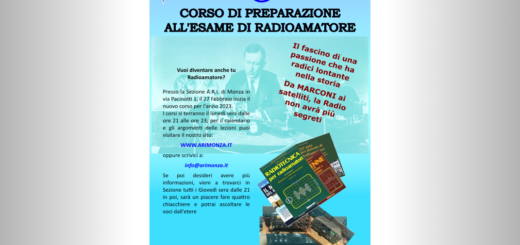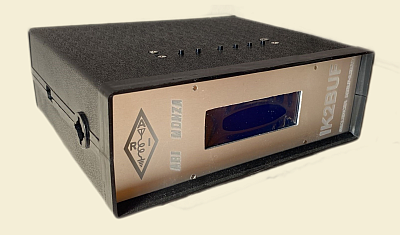contatto multi point telebridge 30 luglio 2020
ARISS Multi-point Telebridge Contact with school in Brazil
An ARISS educational school contact is planned for Chris Cassidy KF5KDR with students at the.American School of Rio de Janeiro, Rio de Janeiro, Brazil.
The students will be talking with the ISS from their homes over phone lines. The link to the ISS will be operated by the amateur radio ground station ON4ISS, located in Belgium.
The contact is scheduled on Thursday July 30, 2020 at approximately 16.41 UTC, which is 18.41 CEST.
Downlink signals will be audible over Western Europe on 145.800 MHz narrowband FM.
Watch for live simulcast starting about 10 minutes before AOS at: https://youtu.be/MSyfzEHYwrE
School Information:
Welcome to the American School of Rio de Janeiro, home of the EARJ Panthers. From our humble beginnings in 1937 in a small house in Ipanema, to our two amazing world-class campuses today, we have been proud to help generations of young people find their own unique path. Today we are privileged to be able to offer a once in a lifetime opportunity – a chance to talk to astronauts in space!
Students First Names & Questions:
1. Pedro (grade 9): Has the Corona virus pandemic affected the safety protocols aboard the ISS in any way?
2. Lorena (grade 9): How do you exercise in space so you keep your muscles and bones active?
3. George (grade 9): Has your goal always been getting into space since you were a child or did you have different interests when you were a child?
4. Kyle (grade 8): Do you support a football team, and if so, how do you follow them from space?
5. Mayte (grade 8): What are some of the most memorable moments you’ve had since becoming an astronaut?
6. Elena (grade 8): Since the date we visited the moon in 1969 we have made multiple trips to space in which we had learned a lot about it, what would you consider will be the next step for humans in space exploration?
7. Santiago (grade 8): How does sound differ in space from on earth, are there any big differences in what you hear or is it the same?
8. Leonardo (grade 7): What was the worst accident that happened in the international space station, and how was it dealt with?
9. Michele (grade 7): What is it like to reach escape velocity? Were you scared that your spacecraft would explode during the take off? If so, how did you handle this fear?
10. Madelyn (grade 7): After being in zero gravity for so long in space what is it like to return to gravity?
11. Olivia (grade 6): How long does the training take to become an astronaut on the ISS?
12. Pietra (grade 6): Does the absence of gravity make it harder to eat and drink certain foods in space?
13. Josefina (grade 12): Are there essentials you or the crew takes to the ISS apart from food and water, such as certain materials to run experiments or personal items?
14. Martina (grade 12): How do satellites and spaceships make their way through all the space debris safely? Is the ISS doing something to minimize space debris?
15. Andres (grade 12): What is your opinion on the human race striving to become a multi-planetary species?
AboutARISS:
Amateur Radio on the International Space Station (ARISS) is a cooperative venture of international amateur radio societies and the space agencies that support the International Space Station (ISS). In the United States, sponsors are the Radio Amateur Satellite Corporation(AMSAT), the American Radio Relay League (ARRL), the ISS National National Aeronautics and Space Administration (NASA).
The primary goal of ARISS is to promote exploration of science, technology, engineering, the arts and mathematics by organizing scheduled contacts via amateur radio between crew members aboard the ISS and students. Before and during these radio contacts, students, educators, parents, and communities learn about space, space technologies, and amateur radio. For more information, see www.ariss.org.






